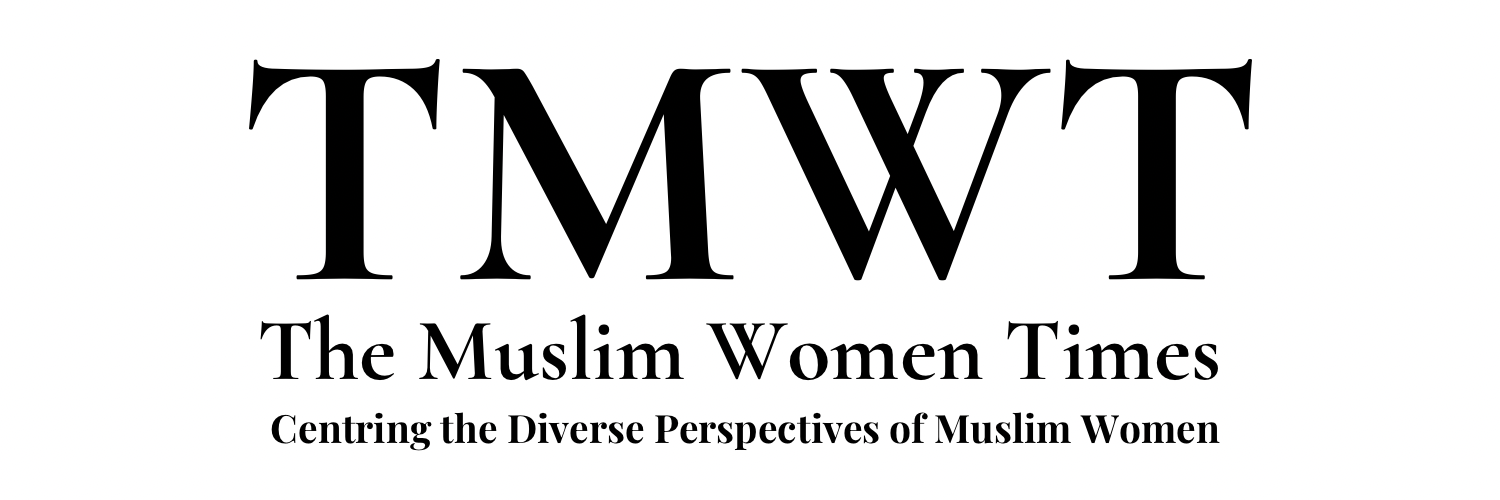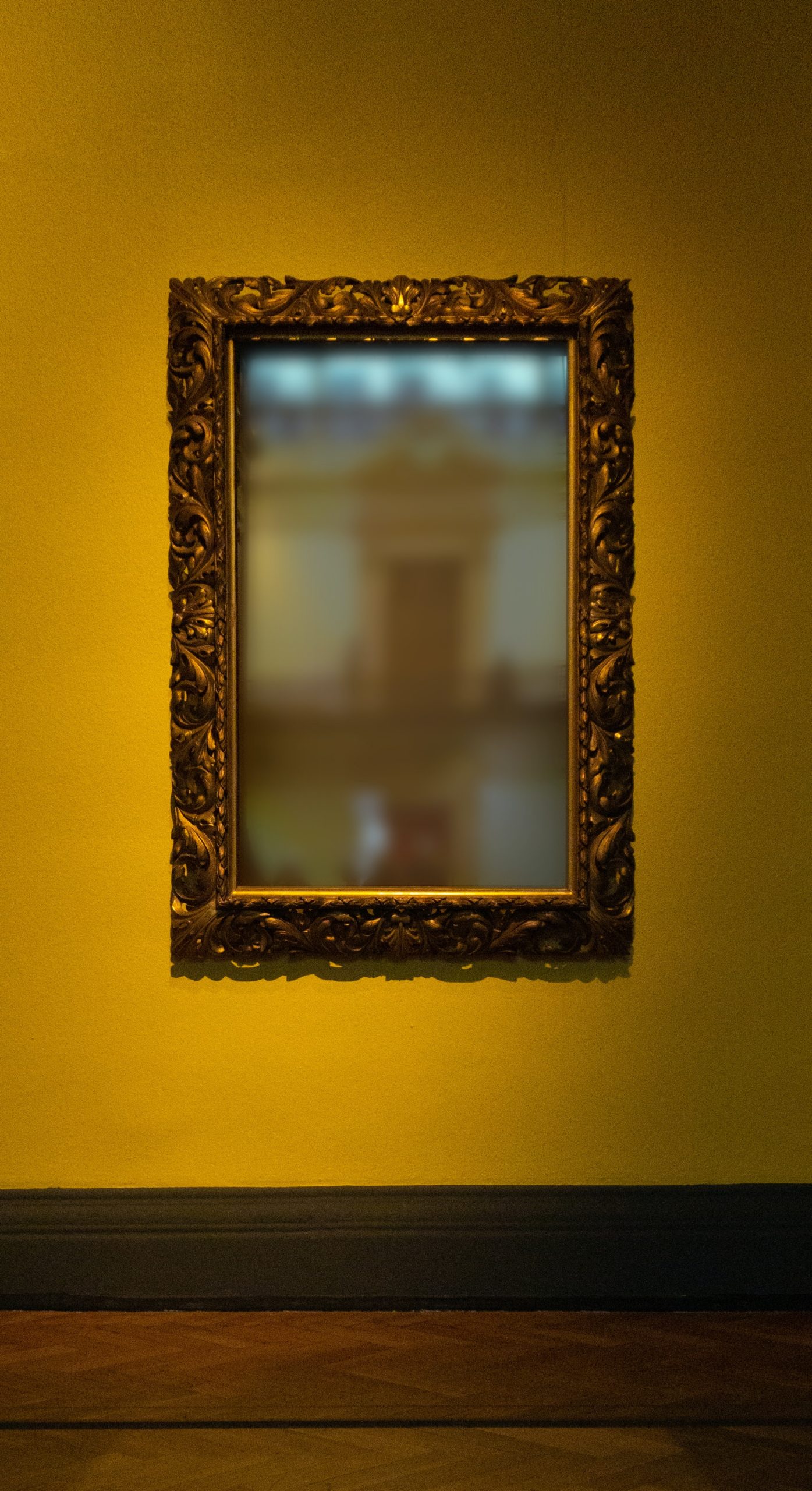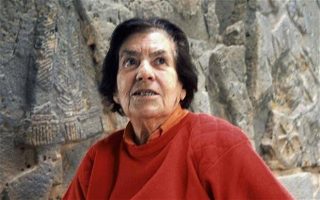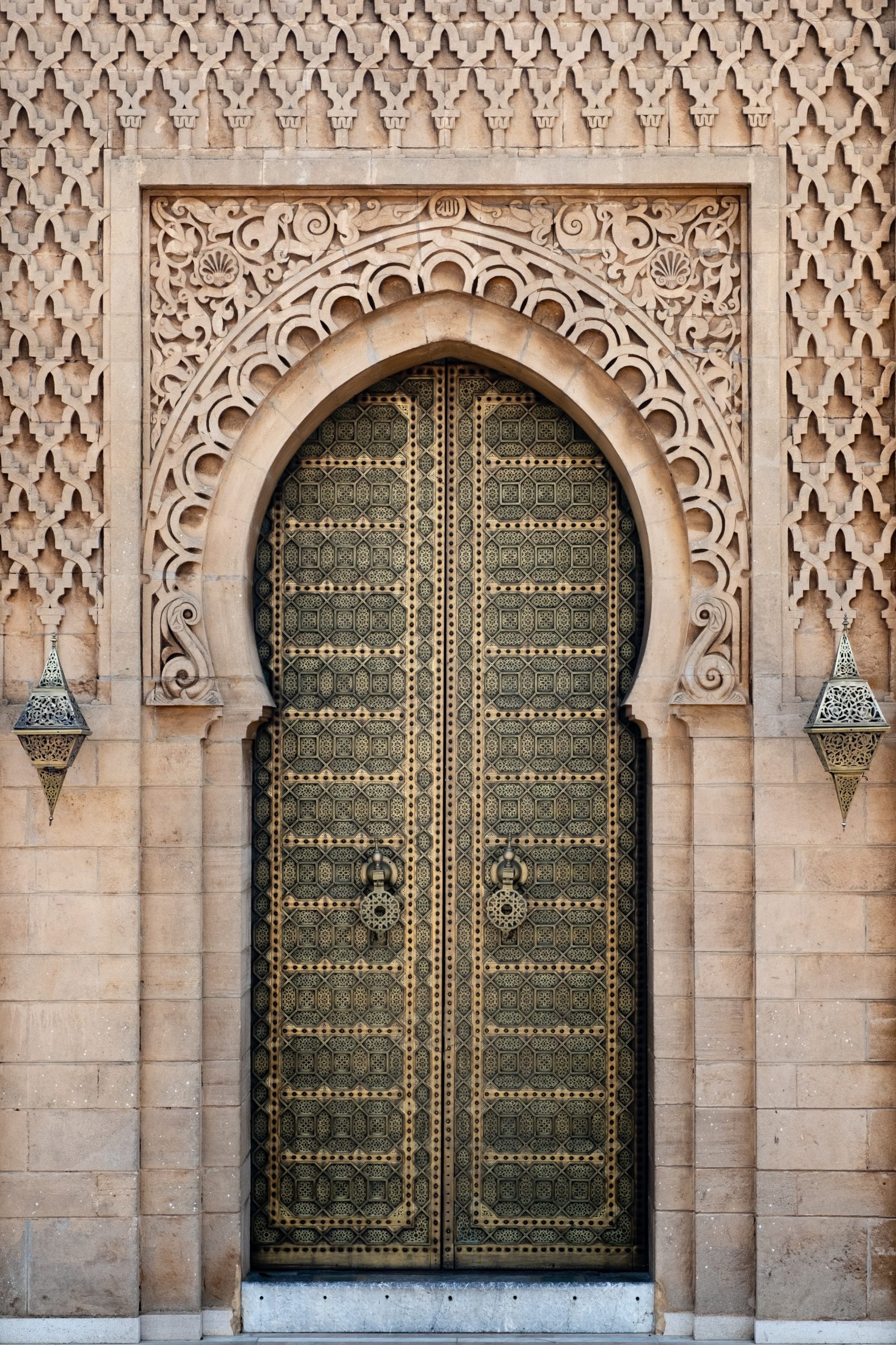“The Spotlight” brings to light the stories of Muslim women of the past and present. In this instalment, TMWT announces the release of Shaykh Mohammad Akram Nadwi’s 43-Volume Collection of women scholars in Islam.
Over a decade ago, in 2007, Shaykh Mohammad Akram Nadwi published a 290-paged book, “Al-Muhaddithat” which revealed the biography and works of thousands of women scholars in Islam. The book brought tears to our eyes. Many Muslim women found it too good to be true. We were in awe of the major roles that women played in Muslim history, many of which, for reasons unknown, was not recorded and passed down through generations. It particularly surprised non-Muslims to learn that women, living under an Islamic legal system, could be scholars, holding the authority that comes with being knowledgeable about what Islam commands, and therefore making them sought after and deferred to for their fiqh, for their fatwas, and for their tafsir. The book brought out the richness of our history and the role our mothers and sisters played in furthering and developing the deen.
But that 290-paged book which took Muslim women by surprise turned out to be just a preface to Shaykh Mohammad Akram Nadwi’s 43-volume biographical collection of the Muslim women who taught and studied hadith, from 1000 years back; Al-Wafa’ bi Asma’ al-Nisa’, currently being translated to English.
To the joy of Muslim women all over the world, almost fourteen years later, on 13th January 2021, Dar Al Minhaj has finally released this much-awaited collection.
According to Productive Muslim, “this book charts the path that women have played in diffusing, narrating, teaching, critiquing, issuing fatwa’s and acting upon hadith, as well as their sparkling presence within the circles of knowledge of al-Hijaz, Shaam, Iraq, Andalusia, Khurasan and elsewhere in the Islamic world.“
The 43-volume collection details the lives of thousands of women amongst which are the tabi’iyyah Umm al-Darda who taught both men and women in mosques in Damascus and Jerusalem, one of which was the Khalifa Abdul Malik Ibn Marwan; Sitt al-Wuzara who taught Sahih al-Bukhari in both Damascus and Cairo, lived beyond 90 and was still teaching on the last day of her life! Umm al-Khayr Fatimah bint Ibrahim who taught in the prophet’s mosque, where she would lean on the side of the wall of the grave of the prophet (saw) and listen to people reading to her, and countless others. Scholars such as Ibn Al-Najjar had 400 women teachers alone.
The most strikingly-beautiful thing about this collection is not simply the lists of facts about female scholarship. It is rather the way Shaykh Mohammad Akram Nadwi relates this knowledge to the theme of socio-cultural context. The Arab society during Jahaliyyah (ignorance) held the most oppressive and hateful attitudes towards women, yet such views and attitudes had dissolved when Islam descended upon the world. This revolutionary change happened within a short time through the establishment of the Quran and Sunnah, and through the actions of the women at that time of the Prophet (PBUH). Women attended the mosques and acted independently. They were listened attentively to, their questions answered, and they were encouraged to attend mosques and halaqa’s and disseminate knowledge to students.
Rediscovering a long-lost tradition of Muslim women teaching the Koran, transmitting hadith and even making Islamic law as jurists, Shaykh Mohammad Akram employed a potent debating strategy, comparing the present-day Muslim society to the age of Jahiliya. Denying Muslim women the right to education and religious authority, Shaykh Mohammad Akram Nadwi argued, is similar to the pre-Islamic custom of burying girls alive. According to him:
“I tell people, ‘God has given girls qualities and potential like boys. If they aren’t allowed to develop them, if they aren’t provided with opportunities to study and learn, it’s basically a live burial.”
This collection lends primary credence to the agency of Muslim women – that men and women are equally responsible for gaining and disseminating knowledge of the deen. The Muhaddithat were women who unconsciously strove against some oppressive system. Reading these histories, it is clear that Islam does not privilege a particular gender.
The author’s vision for this project is to uncover past women hadith scholars to help reform present-day Islamic culture. This collection is a legacy for generations of women to come and it’s time to clear our shelves.




